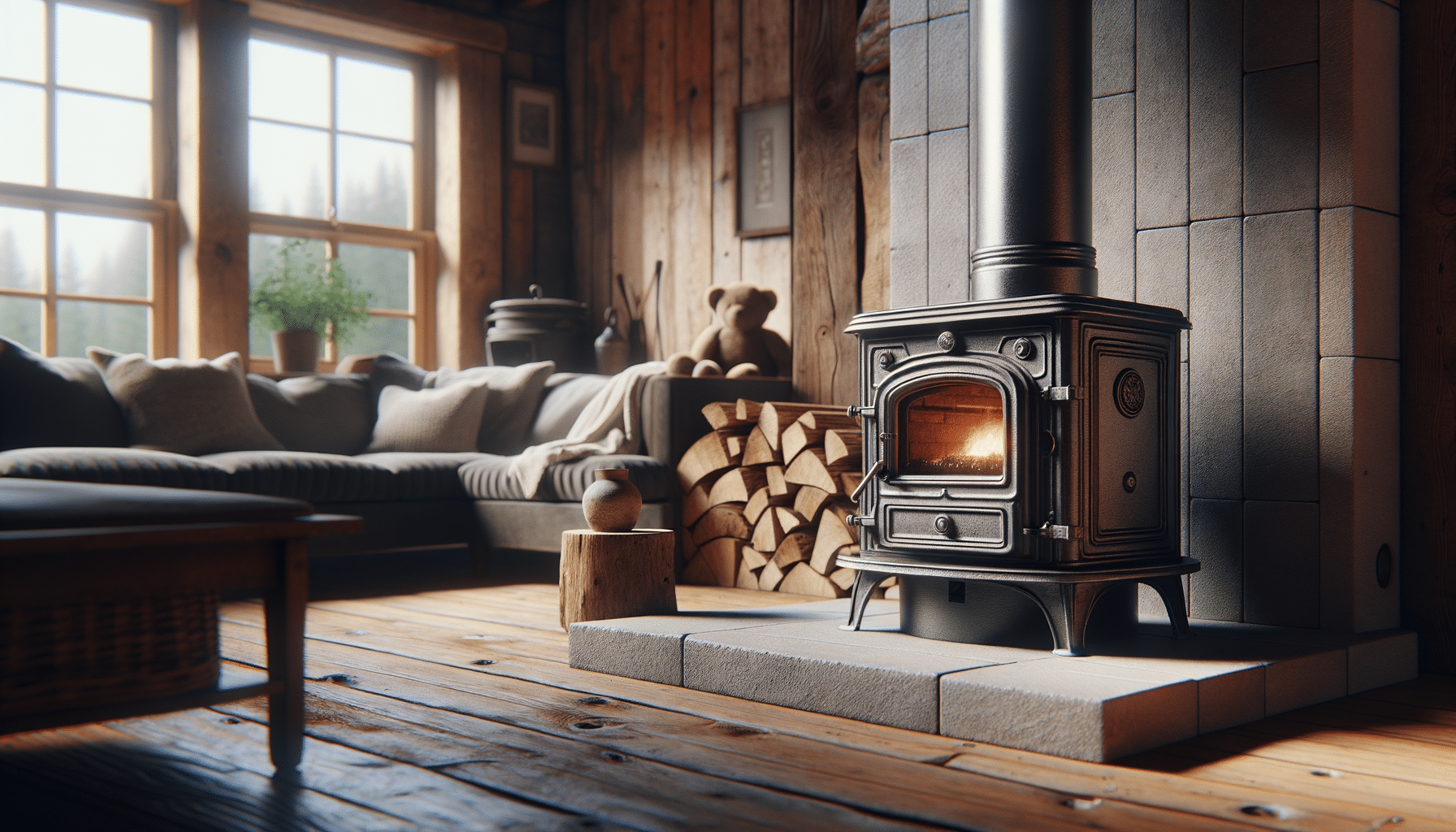
The complete guide on wood stove installation
Introduction to Wood Stove Installation
Installing a wood stove in your home can be a rewarding project that provides warmth and ambiance. With the rise in energy costs and a growing interest in sustainable living, wood stoves have become popular for their efficiency and charm. This guide will walk you through the essentials of wood stove installation, ensuring you understand the process, safety considerations, and benefits of incorporating this heating solution into your home.
Understanding the Basics of Wood Stove Installation
Before embarking on a wood stove installation, it’s crucial to grasp the fundamentals. A wood stove operates by burning wood to produce heat, which is then radiated into the room. The installation process involves placing the stove in an appropriate location, ensuring proper ventilation, and adhering to local building codes.
The first step is selecting the right location. Ideally, the stove should be placed in a central area of the home to maximize heat distribution. Considerations such as proximity to combustibles, access to a chimney or appropriate venting, and ease of use should guide your decision.
Next, understanding your local building codes and regulations is essential. These codes ensure safety and efficiency, dictating everything from the type of chimney required to the distance your stove should be from walls and furniture. A professional installer can assist in navigating these regulations, guaranteeing compliance and safety.
Choosing the Right Wood Stove
Selecting the right wood stove is a critical step in the installation process. There are several factors to consider, such as the size of the unit, the material it’s made from, and its heating capacity. A stove that’s too small won’t adequately heat your space, while one that’s too large may overheat and waste fuel.
Wood stoves come in a variety of materials, including cast iron, steel, and soapstone. Each material has its own set of benefits. For example, cast iron stoves are known for their durability and heat retention, while steel models tend to heat up quickly and are often more affordable.
Additionally, consider the stove’s efficiency rating, which indicates how well it converts wood to heat. High-efficiency models will burn less wood while producing more heat, making them a cost-effective and environmentally friendly choice.
- Cast iron: Durable and retains heat well
- Steel: Heats up quickly and is often budget-friendly
- Soapstone: Offers excellent heat retention and a unique aesthetic
Safety Considerations for Wood Stove Installation
Safety is paramount when installing a wood stove. Proper installation reduces the risk of fire, carbon monoxide poisoning, and other hazards. It is vital to follow manufacturer guidelines and local building codes to ensure safe operation.
Ensure your stove is installed on a non-combustible surface, such as a hearth pad made of stone or tile. This protects your flooring and reduces the risk of fire. The stove should also be placed at a safe distance from walls and furniture to prevent heat damage and potential ignition.
Ventilation is another critical safety aspect. Proper chimney installation is necessary to vent smoke and gases outside the home. Regular chimney cleaning and maintenance will prevent creosote buildup, a common cause of chimney fires.
Finally, installing smoke and carbon monoxide detectors in your home provides an additional layer of safety, alerting you to any issues with your stove or venting system.
Benefits of a Wood Stove
Wood stoves offer numerous benefits beyond their heating capabilities. They provide an eco-friendly alternative to traditional heating methods by using a renewable resource. Wood is a sustainable fuel source, and modern stoves are designed to burn it efficiently, reducing emissions and conserving energy.
Additionally, wood stoves can offer significant cost savings. With rising energy prices, using wood as a primary or supplementary heat source can lower utility bills. The initial investment in a wood stove can be offset by these savings over time.
Beyond practicality, wood stoves add aesthetic value to a home. The warm glow of a fire creates a cozy atmosphere, making your living space more inviting. Whether used as a primary heat source or as a decorative feature, a wood stove can enhance the comfort and appeal of your home.
- Eco-friendly heating solution
- Potential cost savings on energy bills
- Enhances home ambiance and comfort
Conclusion: Embracing the Warmth of a Wood Stove
Installing a wood stove can transform your home into a warm, inviting space while offering a sustainable and cost-effective heating solution. By understanding the installation process, safety considerations, and benefits, you can make an informed decision that aligns with your home’s needs and your personal preferences. Embrace the warmth and charm of a wood stove, and enjoy the comfort it brings to your living environment.


